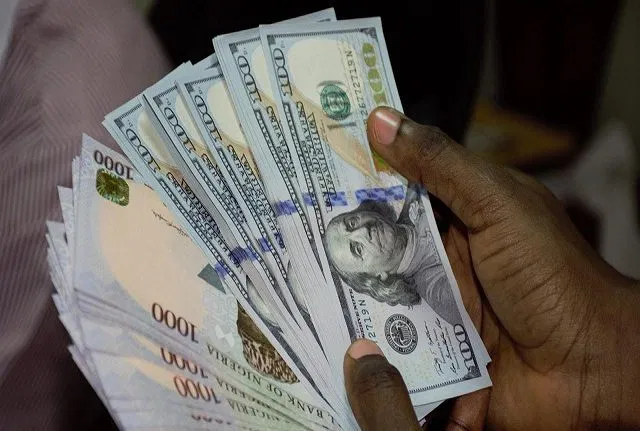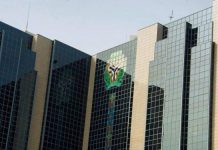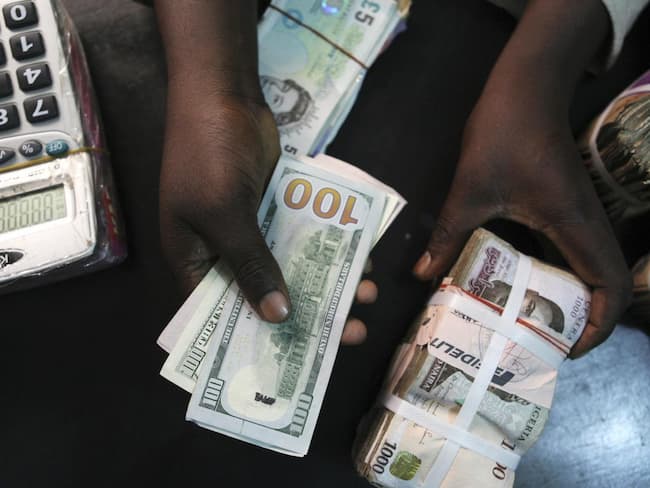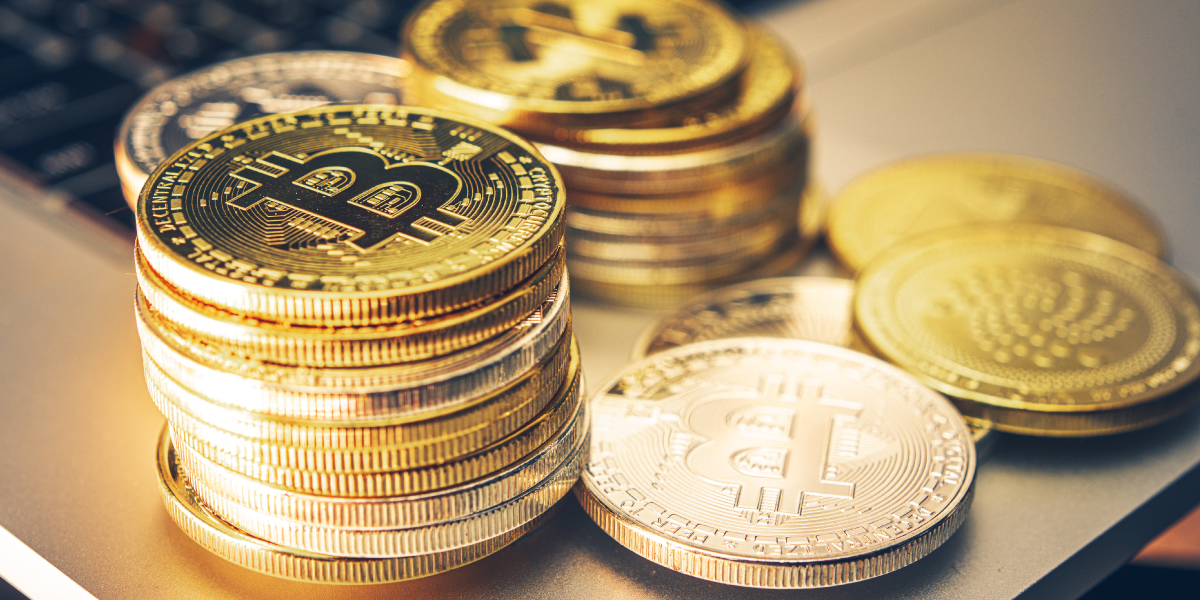The exchange rate at the parallel market fell to a new 3 year low on Thursday closing at N463/$1. However, on the officially recognized NAFEX Market Forex turnover rose by 110.6% on Thursday strengthening the exchange rate to N386.50/$1.
Parallel Market: At the black market where forex is traded unofficially, the naira depreciated by N2 to a dollar to close at N463 to a dollar on Thursday, as against the N461 to a dollar on Wednesday, the lowest naira value in about 3 years. The exchange rate at the beginning of the week was N461 to a dollar. The last time the exchange rate traded at N463 levels at the black market was the 10th of March 2017.
NAFEX: The naira appreciated against the dollar at the Investors and Exporters (I&E) window on Thursday, closing at N386.50 to a dollar, compared to the N386.75 that was reported on Wednesday, July 8, representing a 25 kobo gain. This is as traders continue to mull over CBN’s adjustment of the exchange rate at the SMIS window. The opening indicative rate was N386.96 to a dollar on Thursday. This represents a 36 kobo gain when compared to the N387.32 to a dollar that was recorded on Wednesday.
Nigeria maintains multiple exchange rates comprising the CBN official rate, the BDC rates, SMIS , and the NAFEX (I&E window). Nairametrics reported last week that the government has set plans in motion to unify the multiple exchange rates in line with requirements from the World Bank. Nigeria is seeking a world bank loan of up to $3 billion. The country has been under pressure from the International Monetary Fund and the World Bank for currency reforms.
Forex Turnover
Meanwhile, forex turnover at the Investor and Exporters (I&E) window recorded an increase on Thursday, July 9, 2020, as it rose by 110.6% day on day. According to the data tracked by Nairametrics, forex turnover increased from $11.96 million on Wednesday, July 8, 2020, to $25.19 million on Thursday, July 9, 2020. Although this is an improvement from turnover that was recorded the previous day, it is still low and a far cry from an average of $200 million recorded at major trading days during the last few weeks.
Rate Adjustment
Nairametrics reported during the week that the CBN official rate has been adjusted from N360 to a dollar to N381 as reflected on the website of the FMDQ. However, the official rate quoted on the website of the CBN remains at N360/$1.
According to Reuters, “the naira eased 5.5% on the official market on Tuesday, after the central bank sold dollars to lenders at a lower rate, bowing to pressure from international lenders to unify its multiple exchange rates.” Reuters also reported “the naira eased to 380.50 in off-market trades, from 360.50 close on Monday” quoting sources from traders.
What this means: Unifying the Naira around the NAFEX rate is effectively another round of devaluation. If this is carried out and forex liquidity improves, then it could lead to an exchange rate strengthen in the parallel market just like it occurred in 2017.
The parallel market rate is currently N463/$1 and could converge to the NAFEX rate meaning those who bought above the black market rate could lose money if they sell.
The country’s monetary authority had imposed multiple exchange rates to manage dollar demand after oil prices crashed, but dollar shortages which have become prevalent stifles growth in the economy.
According to a report from United Capital Plc, the official exchange rate of the naira is expected to slide to between N410 to N430 to a dollar by the end of the year, given the current economic situation. However, they believe that the Central Bank of Nigeria will continue to defend the naira for as long as it can.














